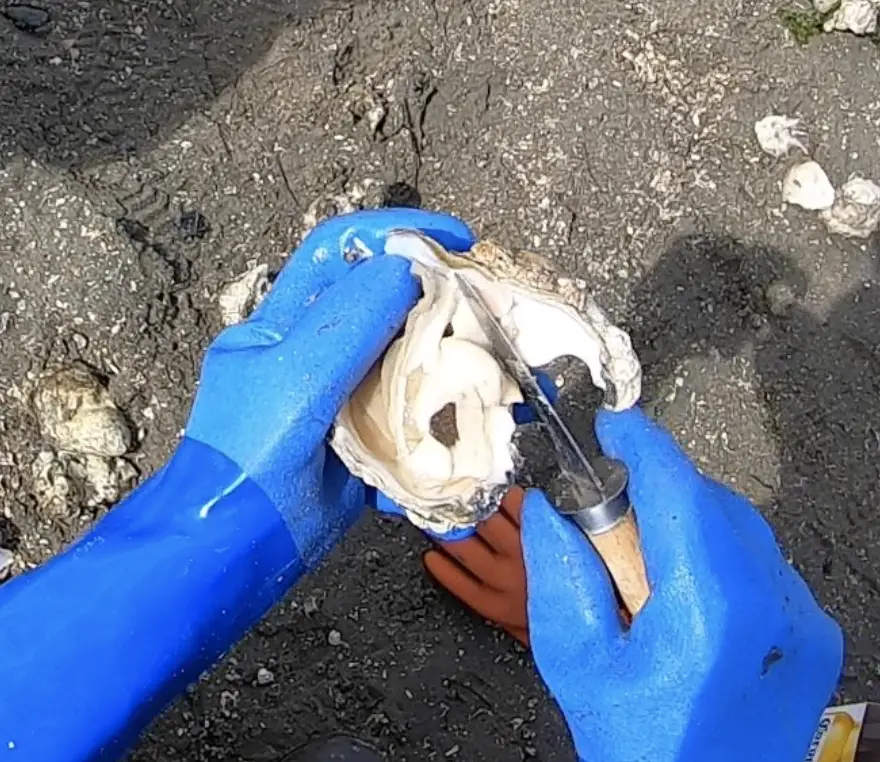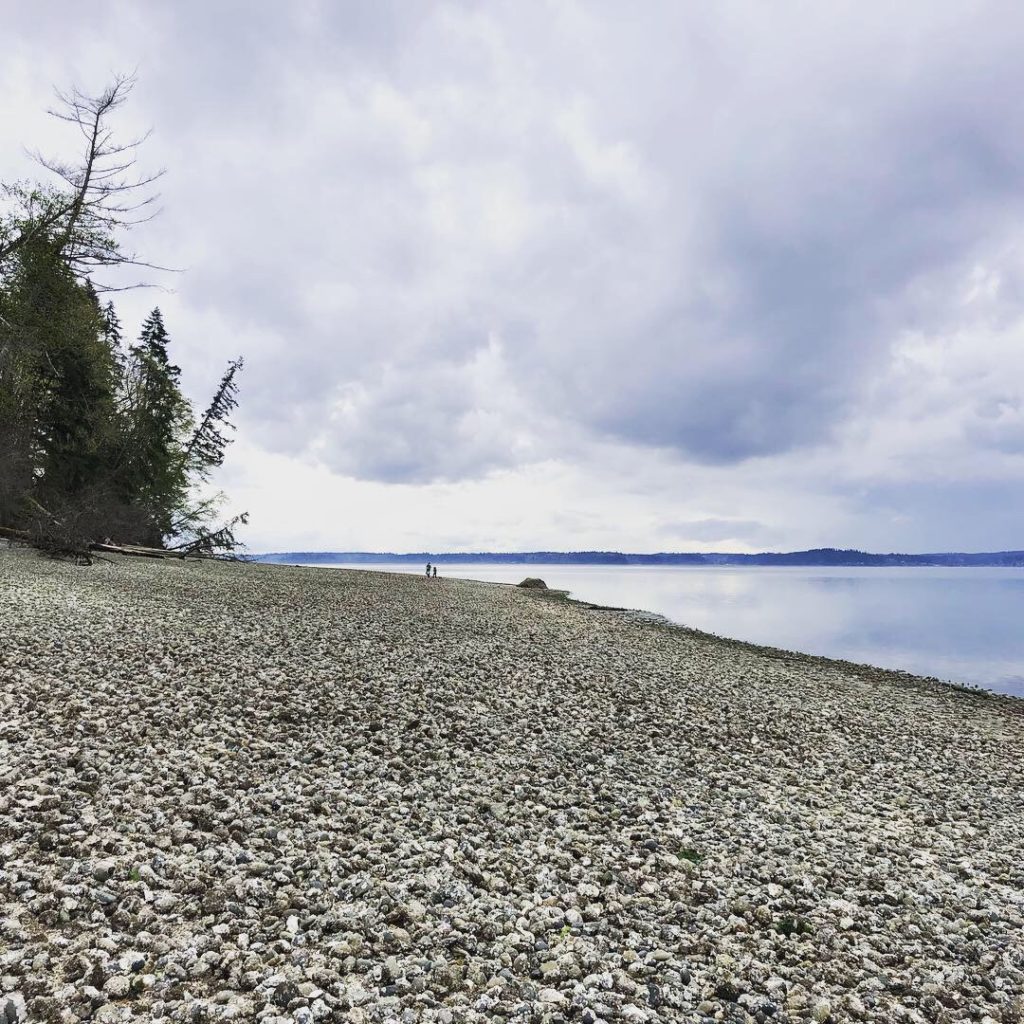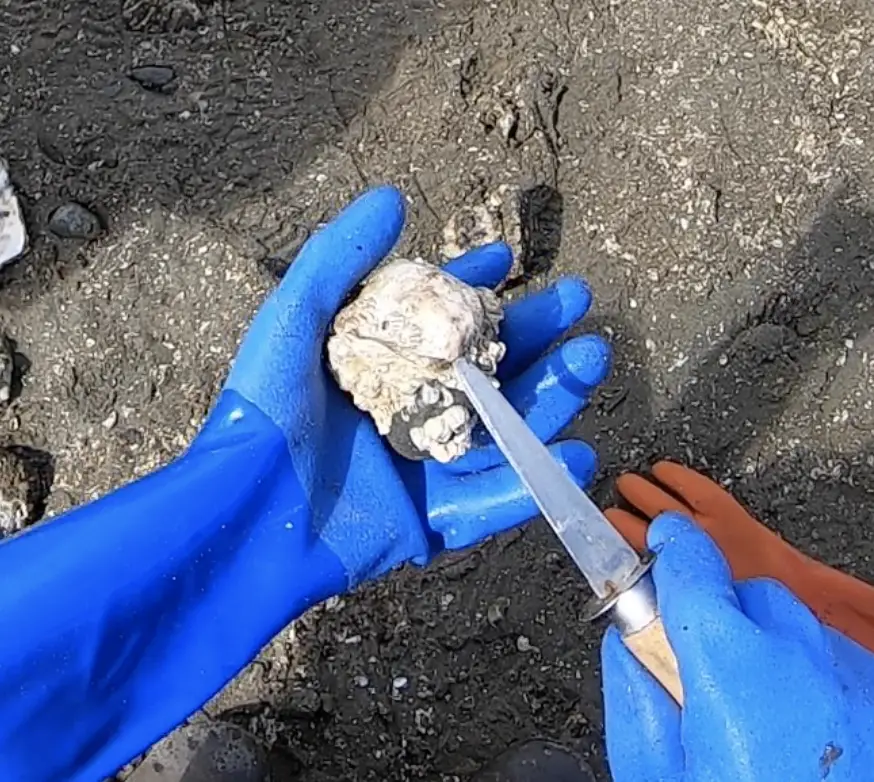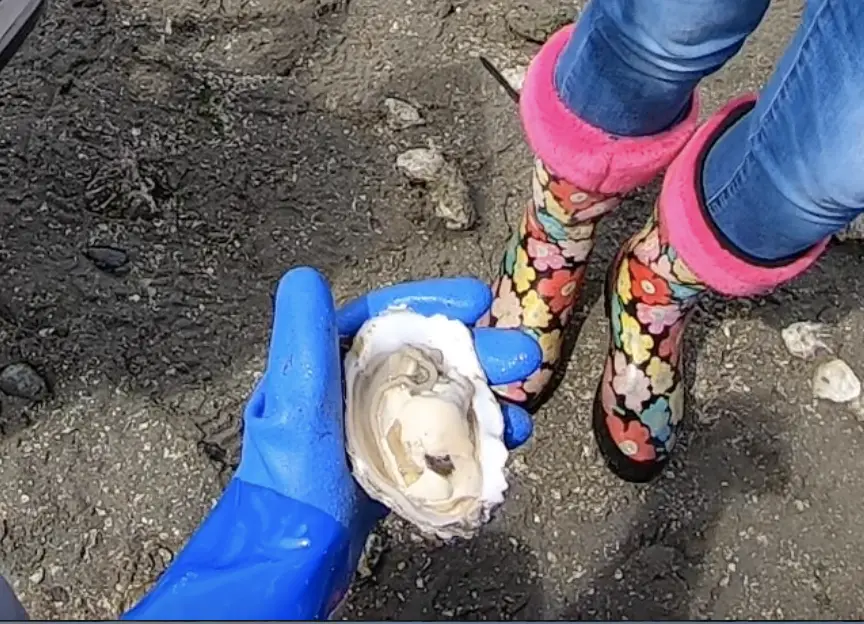
Raw Oysters – One of the most well-known delicacies associated with the Pacific Northwest. You might pay north of 20$ for a dozen Oysters at market prices and even more if you want them served to you at a nice restaurant on a half shell. What if I told you, that you could get them for free at dozens of public beaches around Puget Sound?
Now there is of course the cost of a shellfish license and basic equipment like oyster shucking knives, etc. But, what an amazing way to spend an afternoon. The beach is your restaurant, you are the chef and you get to eat (up to your limit) this amazing creature raw, right off the beach.
What do you need to make this experience a successful one? Don’t worry, we got you covered with some of the basics you need to get started. The absolute best place to start is by locating a beach near you which has oysters on it.
That link will take you to the WDFW site which allows you to search by County for a beach suitable for harvesting Oysters. It will also tell you the “Department of Health Beach Status”. This is important to check so that you don’t end up on a beach that is closed for health reasons.
You will absolutely need an oyster knife. You don’t want to be using a knife with a sharp blade as it takes a considerable effort to get the knife into the Oyster shell and you could be one slip of the hand from a nasty accident.
I also recommend using waterproof gloves of some sort as the Oysters often have barnacles on them and if your hand slips, you will do some damage.

On this particular trip, we arrived at Kopachuck State Park about an hour before low tide, which was a minus .2 ft. Each beach may be slightly different with regard to where the Oyster beds are within the tide table.
Usually, you want to be around low tide, and you want that low tide to be a minus or less than 1 ft low tide. Kopachuck State Park is an easy 20-minute drive from Tacoma, so well within reach for many folks.
The weather and scenery were perfect, and though rain was predicted in the afternoon, it held off just long enough for us to have this great experience.
If you think of Oyster harvesting the way you do digging for clams, you won’t approach this the right way.
With these oyster trips, we bring our camping chairs and plan to be comfortable while shucking as many oysters as we can in the 60-90 minutes we plan to be down there on the beach. This is much harder if you’re on your knees on a rocky, sharp oyster shell-strewn beach. Bring boots vs sandals as well to avoid getting your feet cut up by the sharp shells and barnacles they often attract.
We also like to bring some kind of cheap, light lager like a Corona, limes, and of course, a bottle of hot sauce like Tabasco to add to our raw oyster experience.
We eat some of the oysters right there on the beach, but we also bring zip-lock bags and ice to pack them away for later. Cooking with oysters and the liquor we attempt to reserve during the shucking process can add incredible flavor to so many great dishes. It’s nice to have some oysters in the freezer.

The act of shucking the oyster is not that hard, though it may require some strenuous effort on some shells. All oyster shells have a narrow end and a wide end to them. We always attempt to shove and shimmy the oyster shucking knife into that narrow end, and once we are slightly in, turn the blade to pry open the rest of the shell.
The YouTube video has several shots of shucking oysters, so you can see the approach.

Once in, you want to run the blade along the inside of the top shell to cut off any strands of Oyster connecting the shells together.

Once you’ve done that, you now have a tasty treat sitting on the bottom shell. Feel free to add whatever you want to that and then carefully consume the Oyster, being careful to prevent sand or other grit from being part of the experience.
As always, there should be the disclaimer that eating raw or undercooked seafood has some risk of illness, but unless you have an allergy, the public health beach status is a good determination and we’ve never had any issues.
If anything, I’ve gotten stomach bug issues from Oysters I’ve purchased at a market vs what I’ve harvested myself on the beach.
So, to conclude, get out there and get your raw oysters before the end of the month as many beaches close at the end of April. There are so many great beaches within a short drive that a great PNW experience is just within your reach.